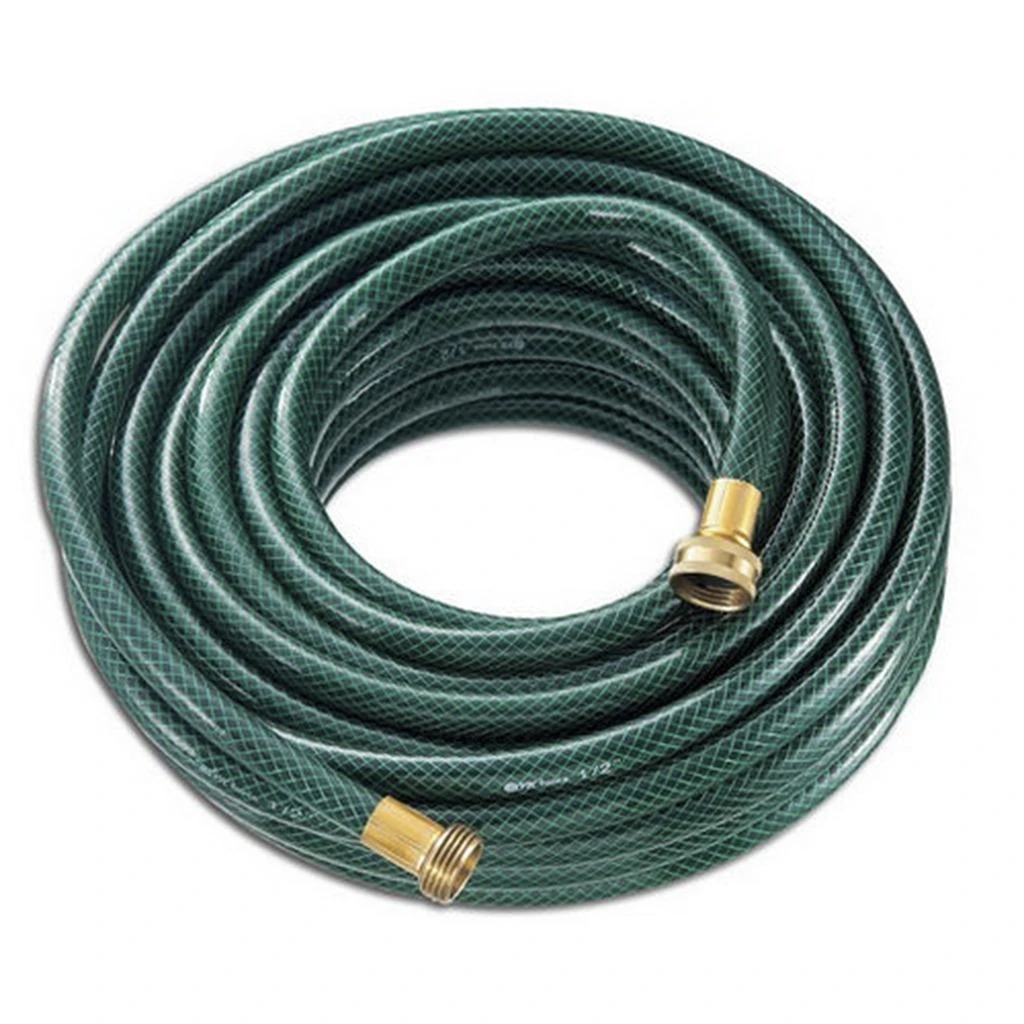Choosing the Right Tubing for Your Vacuum Pump System Efficiency
Tubing for Vacuum Pumps A Comprehensive Overview
Vacuum pumps are essential tools in various industrial and laboratory applications, enabling the removal of gas molecules from a sealed volume to create a vacuum. The efficiency and performance of a vacuum pump are significantly influenced by the quality of the tubing used in the system. Selecting the right tubing for vacuum pumps is crucial for ensuring optimal functionality and longevity. This article will delve into the types of tubing suitable for vacuum applications, materials used, and considerations for choosing the right tubing for specific needs.
Types of Tubing for Vacuum Pumps
There are several types of tubing suitable for vacuum applications, often categorized based on their specific use and construction. The most common types include
1. Flexible Tubing This type of tubing is often made from materials like rubber or thermoplastics. It is popular for its versatility, ease of installation, and flexibility in challenging layouts. While flexible tubing can handle moderate vacuum levels, it may not be suitable for high-vacuum applications due to its tendency to collapse under extreme pressure differences.
2. Rigid Tubing Rigid tubing, typically made from stainless steel or glass, is ideal for high-vacuum applications. This type of tubing maintains structural integrity under varying pressure conditions, ensuring a reliable vacuum seal. Rigid tubing is particularly advantageous in environments where chemical resistance and durability are critical.
3. Metallic Tubing Often used for high-performance applications, metallic tubing, such as stainless steel, offers excellent structural integrity and resistance to corrosion. Metallic tubing is especially suitable for applications that may involve corrosive gases or require high vacuum levels, making it a preferred choice in chemical processing and pharmaceuticals.
4. Silicone Tubing Silicone is a notable option for applications requiring flexibility and high-temperature resistance. Silicone tubing can handle a range of temperatures, making it suitable for various laboratory settings. However, it may not be appropriate for extreme vacuum environments.
tubing for vacuum pump

Material Considerations
The choice of material for vacuum pump tubing plays a crucial role in the performance of the entire system
. Factors to consider include- Chemical Compatibility Ensure that the tubing material is compatible with the substances being evacuated; certain materials may degrade when exposed to specific chemicals.
- Temperature Resistance The ability of the tubing to withstand your operating temperature is vital, particularly in processes that generate significant heat.
- Pressure Rating Different materials have different pressure ratings; ensure that the selected tubing can handle the vacuum pressures required by your application.
- Flexibility versus Rigidity Depending on your setup, you may prefer flexible tubing for ease of installation or rigid tubing for maximum performance in high-vacuum environments.
Conclusion
Choosing the right tubing for vacuum pumps is fundamental to ensuring their effective operation and longevity. With various options available, from flexible and rigid to metallic and silicone tubing, it’s essential to assess your specific needs regarding chemical compatibility, pressure rating, and flexibility. By carefully selecting the appropriate tubing, users can enhance the efficiency of their vacuum systems and prevent potential issues that may arise from using subpar materials. Always seek advice from manufacturers or suppliers with expertise in vacuum technology to make informed choices for your specific applications. In doing so, you can ensure an efficient, reliable, and safe vacuum environment conducive to your operational goals.
-
Welded Wire Mesh Panel: Durable, Versatile, and AffordableNewsJul.28,2025
-
Top Quality Oxy Acetylene Hoses for Sale Fit for Welding DemandsNewsJul.28,2025
-
The Future of Pneumatic Air Tubes in IndustryNewsJul.28,2025
-
Superior and Reliable LPG Hose Pipe Solutions for Every NeedNewsJul.28,2025
-
Exceptionally Durable and Versatile Premium Braided PVC TubingNewsJul.28,2025
-
Best Adapters for Connecting Garden Hose to PVC Pipe ConnectionsNewsJul.28,2025














